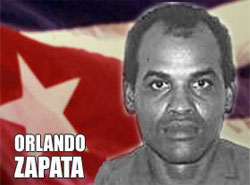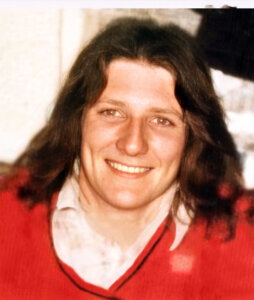A debate has raged on many websites in relation to the death in a Cuban prison of a hunger striker on February 23rd last. Here is one example from the website of The World Association of International Studies (WAIS).
JOHN HEELAN: The Cuban dissident Orlando Zapata Tamayo has died in hospital as a result of his 85-day hunger strike. He started his strike as a protest against Cuban prison authorities refusing to allow him to wear white–a symbol of Cuban resistance.
Nearly 30 years ago, Bobby Sands, a Republican Irish dissident and member of the IRA, died from his hunger strike. He started his strike as a protest against Northern Irish prison authorities who insisted that he and his colleagues wear prison uniforms even though the latter claimed to be political prisoners (and Sands was an elected MP until Thatcher changed the law).
In December 2001, a memorial to Bobby Sands was unveiled in Havana, Cuba by the the IRA President, Gerry Adams, who was later greeted by Fidel Castro. Can we expect to see a similar memorial in Havana to Orlando Zapata Tomayo? If not, why not?
ALAIN de BENOIST replies: If I follow John’s reasoning, the memorial to Bobby Sands having been unveiled in Havana, Orlando Zapata Tomayo’s memorial should be erected in Ireland, not in Cuba! But I am afraid the comparison is not very significant. The great Bobby Sands was jailed for political reasons (I was extremely sad when he died). But, to my best knowledge, Orlando Zapata Tomayo, while being described since 2004 as a “prisoner of conscience” by Amnesty International, never had any political activities before his arrest. He was arrested several times for crimes without any political content. He mainly started his hunger strike to obtain a television and a cellular phone in his jail.
Anyway, Zapata Tamayo’s death has been publicized all around the world as the death of a “victim of the Cuban dictatorship.” The media does not give the same publicity to everything. The murder of Claudia Larissa Brizuela, member of the National Front of People’s Resistance (FNRP), who was killed in Honduras on 24 February (one day after Zapata Tamayo’s death), has not been publicized anywhere. The discovery, in last December, in a mass grave located in La Macarena (Colombia), of 2,000 bodies of trade unionists and peasant leaders murdered by paramilitary and special forces of the Colombian army was not publicised much either.
JOHN EIPPER (editor of WAIS) comments: Alain’s last point is unsettling for someone about to board a plane for Colombia. By the by, there won’t be many WAIS postings tomorrow morning, as we must leave for the airport at 4:30 AM. When we’re in Colombia (Cartagena, Santa Marta and Medellín), I’ll see what I can find out about the murders at La Macarena.



